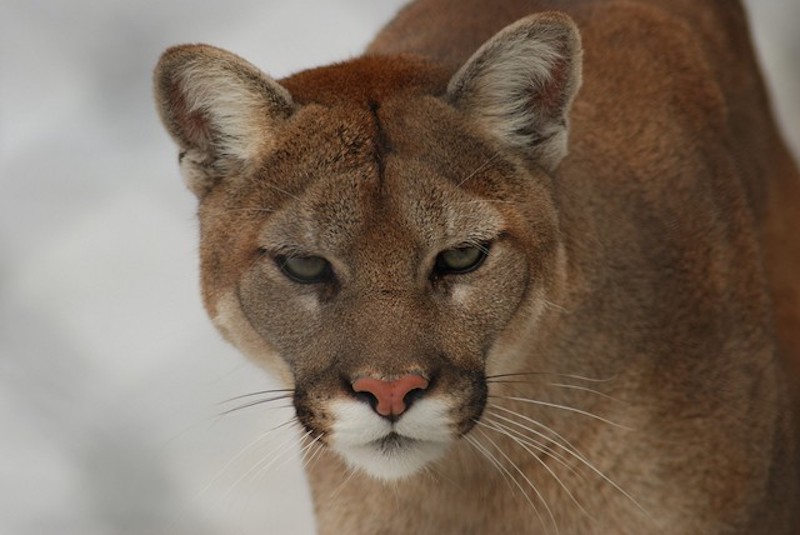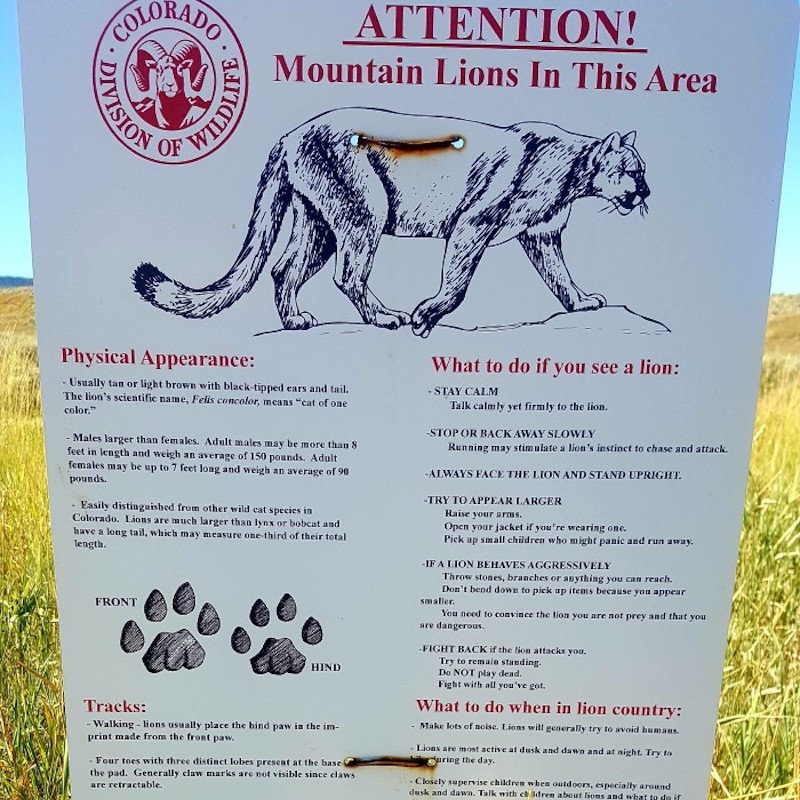Man’s widespread impacts on the natural world make it difficult to leave nature to fend for itself. To maintain balance we must often manage species and entire ecosystems.
Mindful, scientific management of land and wildlife creates the foundation of the North American Wildlife Conservation Model. This system helped restore wildlife populations that nearly disappeared around 1900. Biologists achieved that widespread success largely with funding from North America’s hunters, which helped restore habitats and enforce game regulations.
Managing wildlife often means controlling their numbers through hunting and trapping. Most citizens support keeping elk and deer herds in check, but question whether predator populations need similar management.

Set management goals according to the population. Photo Credit: Craig Hyatt
Some believe several North American predator species are endangered. Predator species often aren’t as visible as other wildlife, but their numbers are generally strong where they now exist. Hunting and trapping can be regulated as management tools, which prevents eradication or steep declines in predator numbers. Biologists study and track animal populations, and adjust management goals accordingly. Where a species’ population is stable, harvest goals can maintain those numbers. Where predator populations skew low or high, biologists adjust harvest objectives to achieve stable populations.

When predators move into populated areas, they begin to have run-ins with humans and domestic animals. Photo Credit: MeatEater
One reason to keep predator numbers in check is to reduce human vs. animal conflicts. High predator numbers in or near human dwellings often cause problems. That includes wildlife scavenging in trash or harassing dogs, cats and other domestic animals. Conflicts involving bears and cougars cause legitimate safety concerns. Attacks by large predators are rare, but keeping their numbers in check helps reduce human/predator conflicts and threats.
Predators have impacts on other wildlife species, too, which can trigger hunting and trapping quotas to control predators. Some predators have significant impacts on game populations. During spring and early summer, predators like skunks and raccoons target the eggs and young of ground-nesting birds like wild turkeys, while coyotes can kill turkeys year-round. Meanwhile, bears, coyotes, wolves and cougars often target deer and elk. Bears and coyotes can be especially deadly during the fawns’ first two to three weeks of life.

Raccoons are not often though of as predators, but they can endanger bird species by eating their eggs. Photo credit: Pinterest
North America offers many predator species that can be hunted and trapped. Fox, coyotes and raccoons live coast to coast, and their hunting and trapping seasons typically fall outside the seasons for other game. That means late fall and winter offer opportunities to learn a fun range of hunting and trapping tactics that fool predators.
When raccoon numbers are high, they can devastate nest-success rates. Trapping during the 1980s often proved lucrative because of a booming fur market, and helped keep raccoon populations in check. Declining fur prices since often leave raccoon populations subject to disease-driven die-offs.
Meanwhile, Western states with wolves and cougars often must account for predation when biologists set deer and elk quotas. Wolves often prey heavily on cervids, and go unchecked when federally protected. The U.S. Congress recently removed federal protections on wolves in Western states, but wolves remain federally protected in Minnesota, Wisconsin and Michigan.
Cougars, also called mountain lions, live throughout the West. Cougars hunt opportunistically, but can have big impacts on sheep and mule deer populations. As cougar numbers grow, they expand their range and often kill ranchers and farmers’ livestock. Fortunately, cougars also yield excellent table fare. Their pale-colored meat is often compared to pork.
As you can see, predators – much like all game species – can be scientifically managed to provide hunting and trapping opportunities while bringing better balance to their populations.